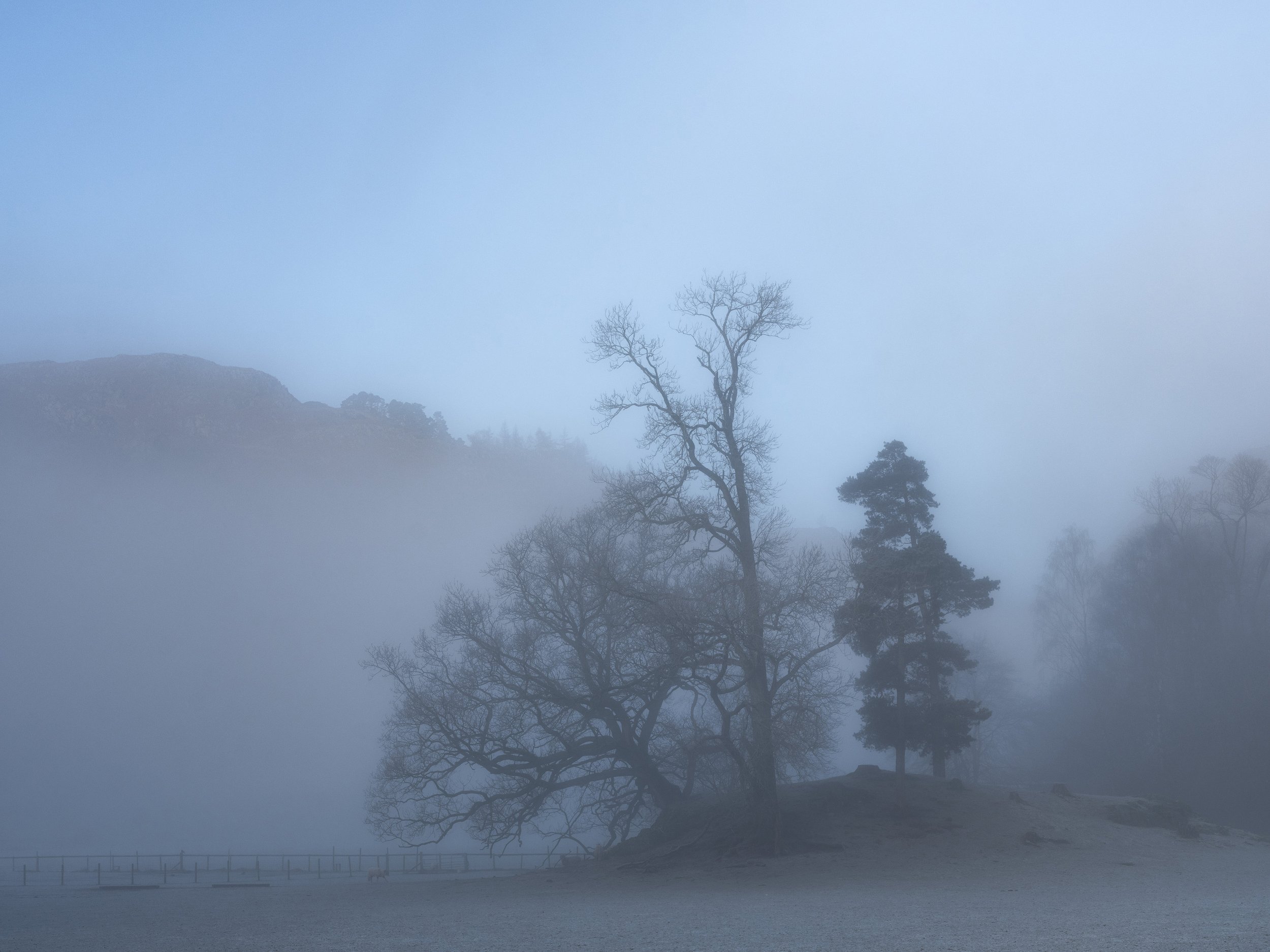
West of the Moors
West of the moors I find clint and gryke, outcrop and pavement, scree and crag.
I stumble across upland shelters, hog houses, cotes and barns.
I investigate dilapidated structures defeated by rain, wind and time.
I ramble alongside ancient walls built to keep animals out as much as keep animals in.
I marvel at neolithic life as I locate earthworks, cairns and barrows, stone circles and way markers, burial mounds and standing stones.
I contemplate the Roman occupation as I travel over their high mountain passes and look down on the remnants of their forts and settlements.
The scale of human endeavour over millennia is staggering:
Ancient axe factories high in the mountains, fellside quarries of slate and deep mines of copper.
Lime kilns and smelting towers still standing odd and alone.
I look across field and vale, once wetlands of raised bog drained only by the ditches of peat cutting, now made productive by a network of drains, ditches, gates and pumps.
I navigate along centuries old droving trails and bridleways following even older hedgerows and earthworked boundaries.
I meander along paths with traces of Victorian canals and railways.
I stumble across fortified towers now redundant, derelict and unnoticed, once a defence against the Border Reivers.
I sit for a moment in a fellside church, a ‘chapel of ease’ built 500 years before, I contemplate the centuries of congregation, celebration, prayer and mourning.
All this in a land west of the moors.































































